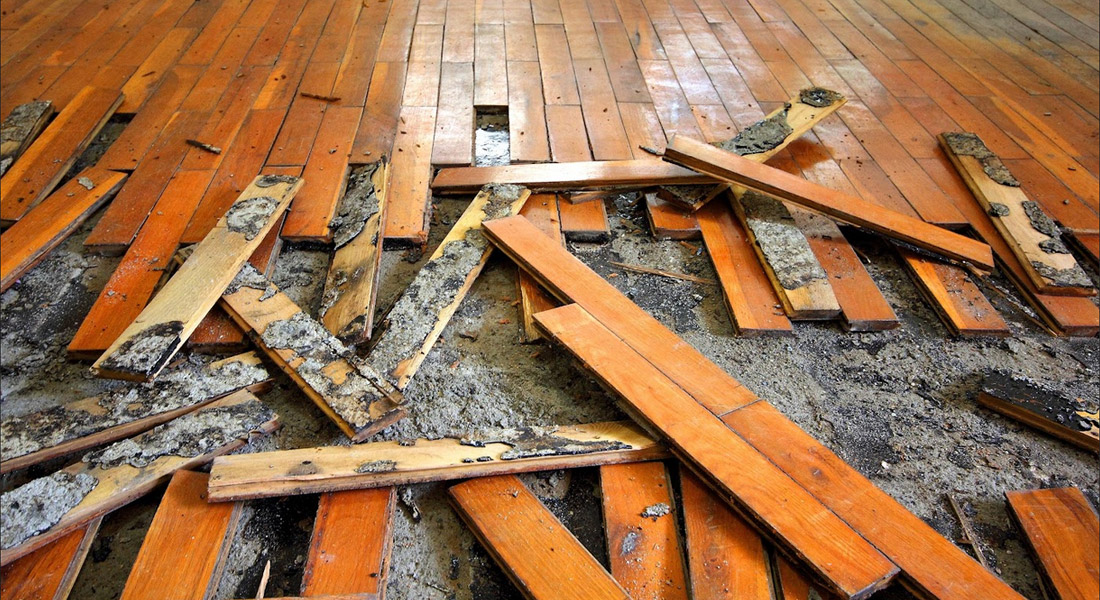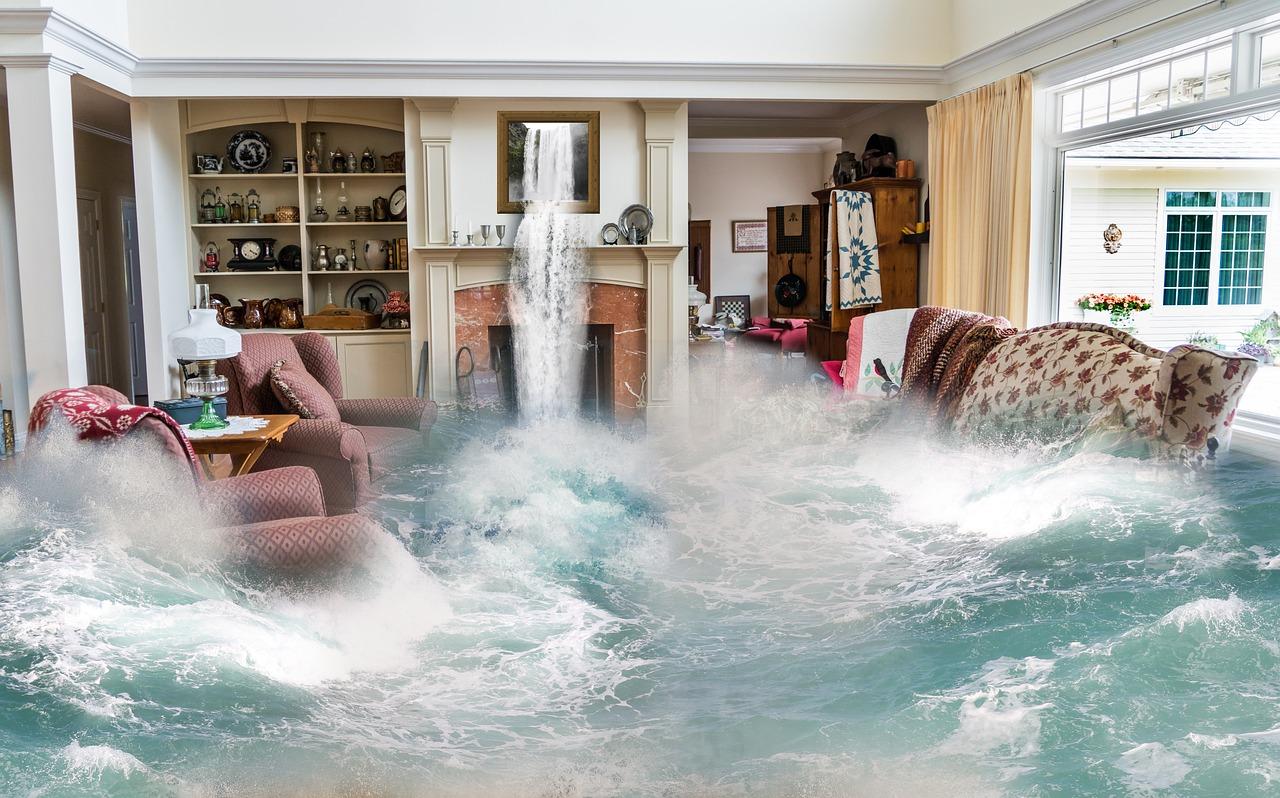Floods are a prevalent type of natural disaster that can occur anywhere in the world.
The majority of flash flooding is brought on by heavy downpours that last just a short amount of time, inadequate or insufficient drainage capacity, unplanned reservoir regulation, as well as the breakdown of flood control facilities.
Floods are responsible for enormous losses in terms of human life, property, livelihood, transportation networks, public health, and the healthcare system.
What You Need to Know About Flash Flooding
In most cases, the water level returns to normal shortly after a flash flood has begun. However, flood water isn’t the only thing to worry about as various problems quickly develop, such as:
Water-Borne Diseases
Through contact with contaminated waters, there’s an increased chance of contracting water-borne diseases, such as skin infections, conjunctivitis, as well as infections of the ear, nose, and/or throat. On the other hand, these illnesses do not have the potential to spread rapidly.
The contamination of potable water facilities as a result of flooding is the primary risk factor for outbreaks connected with floods.
The assistance of water damage restoration specialists must be sought immediately. Pollution can lead to water-borne diseases, including typhoid fever, leptospirosis, and cholera.
In the aftermath of flooding, the most significant preventative precaution that can be taken to lower the probability of an epidemic of any water-borne disease is to make sure that the supply of clean drinking water is maintained without interruption. Drinking water can be effectively disinfected by the use of chlorination as a treatment procedure.
Vector-Borne Diseases
Flooding can increase the range and quantity of vector habitats, which can indirectly contribute to a rise in the prevalence of diseases that are transmitted by major disease vectors. This includes mosquitoes, bugs, and flies.
The presence of standing water, which can be the result of heavy rainfall can serve as breeding ground for mosquitoes, which in turn raises the risk of infection for those impacted by the disaster as well as for those working in the field of emergency response.
It’s possible that flooding will temporarily eliminate mosquito breeding grounds, but as the waters go down, the problem will return.
The incubation period for dengue fever typically ranges from three to four weeks, while the incubation period for malaria typically ranges from six to eight weeks before an outbreak occurs.
Prevention of a vector-borne disease includes malathion fogging during an outbreak, use of abate and other chemical larvicides in potable water, and aerosol space spraying during the day.

Significant Property Damage
Aside from the force that the water itself exerts, debris as large as boulders can be carried along by flash floods. This combination has the potential to cause significant structural damage to dwellings, rendering them uninhabitable, and has the ability to take away large items of property, including vehicles.
It is possible that rooms, automobiles, and other pieces of property that came into contact with water cannot be saved. Mold might potentially cause health problems in homes that have been flooded.
In most cases, the engine and all other crucial components of a vehicle are submerged and will sustain water damage that cannot be repaired.
Homeowners’ insurances never have coverage for flash floods and other weather-related floodings. To get the coverage, flood insurance is needed but limits may still apply.
Destruction of Vital Pieces of Infrastructure
Floodwaters and large debris can cause massive structural damage to major infrastructures such as bridges and roadways, rendering them unusable and preventing any travel. Flash floods have the potential to knock off essential services as well such as power, telephone, and cable.
The groundwater can be displaced or contaminated by flood waters, rendering the water from the tap unsafe for consumption as mentioned earlier.
Before a flood, establish a communications plan for your entire family and also set an evacuation plan. It also pays to assemble an emergency kit in advance.
Reach Out to Top to Bottom Renovation’s Water Damage Restoration Specialists in Prince George County, MD
There are many negative effects of flash flooding in Maryland. Your home, in particular, could sustain significant water damage if it is flooded, hit by a storm, or even a minor issue with the plumbing. It is crucial that immediate action be taken in order to limit the extent of the harm and start on the water removal.
Repairing and rebuilding residential and commercial properties after they have sustained water damage is a specialty of Top to Bottom Renovation’s water damage restoration specialists in Maryland.
Your property’s water damage will be evaluated by our professionals. After that, we will assist you in gaining an understanding of the extent of the damage so that you can make the most informed choices regarding the repair of your property.
In order to identify undetectable moisture and remove standing water, our top-tier personnel makes use of the most cutting-edge equipment. Talk to our team today at 301-579-8215!



